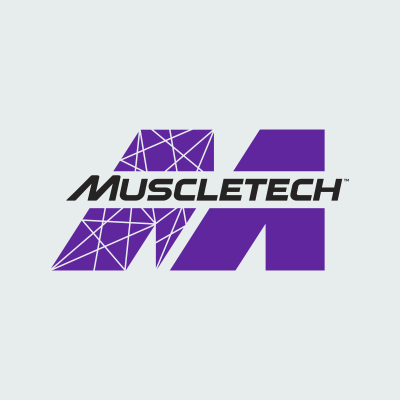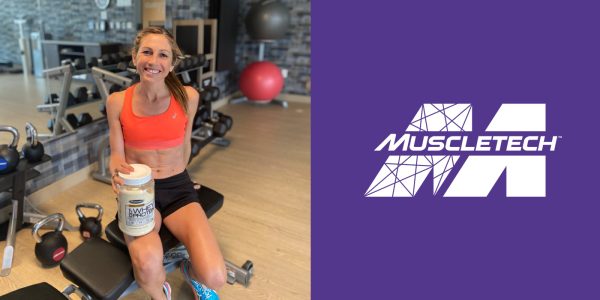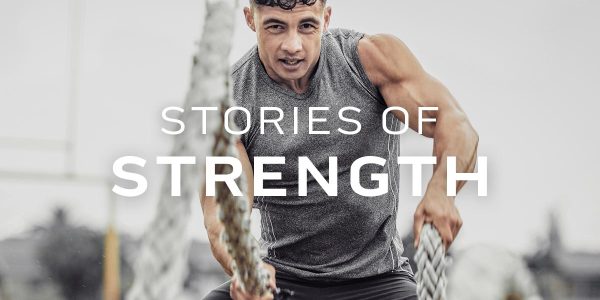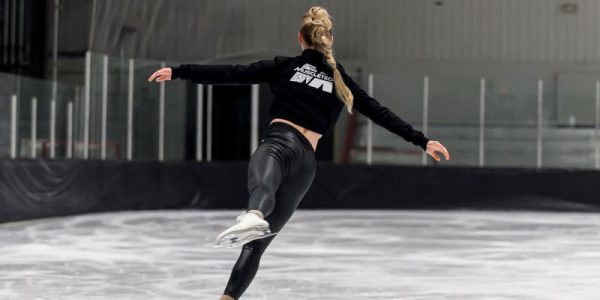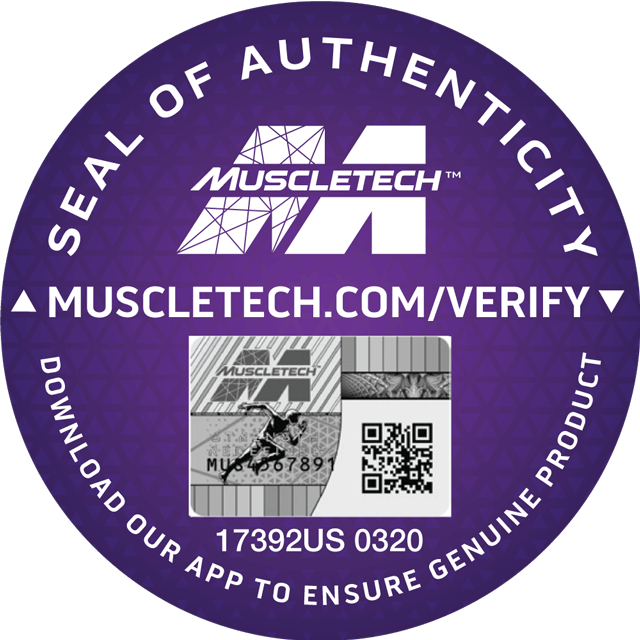Forget the “summer body.” Sixty-three percent of Americans are now focused on achieving a “post-quarantine body,” according to a survey of 2,000 people. One of the ways that you might accomplish either fitness goal is through high-intensity interval training (HIIT), which consists of a short burst of intense exercise followed by a low-intensity exercise or rest. HIIT workouts are popular since they can be done anywhere, don’t require any equipment and can be completed in 15 to 20 minutes. And if that’s not enough incentive, there are a number of benefits to HIIT workouts.
EFFICIENCY AND GAINS
Research shows that you can achieve more progress doing 15 minutes of interval training three times per week than someone jogging on the treadmill for one hour. So, if you’re crunched for time, HIIT workouts are definitely ideal since they’re quick and productive.
A 2011 study suggests that 2 weeks of high-intensity intervals improves your aerobic capacity as much as 6 to 8 weeks of endurance training. What makes HIIT work is the intensity – going as hard as you can for a short period of time, recovering, and then going hard again. Men’s Health recommends a 1:1 or 1:2 work-to-rest ratio to improve aerobic fitness, and a 1:5 ratio to train for power and explosiveness. So, for the first example, if you worked for 30 seconds, you’d rest for 30 seconds. For the second one, if you worked for 15 seconds, you’d rest for 75 seconds – rest intervals often being longer for anaerobic training to allow for a more maximal effort.
After 8 weeks of doing HIIT workouts, researchers of a 2006 study found that subjects could bicycle twice as long as they could before the study, while maintaining the same pace.

BURNING FAT AND (EXTRA) CALORIES
A study published in the Journal of Strength and Conditioning Research suggests that HIIT burns 25 to 30 percent more calories than resistance training, cycling and treadmill running. HIIT workouts also help you burn more fat in less time than endurance activities, because they cause your body to start burning fat for energy instead of carbohydrates, according to research published in the Sports Medicine Open journal.
During the 24 hours after your workout, HIIT stimulates the production of your human growth hormone (HGH) by up to 450 percent, which increases caloric burn and also slows down the aging process.
IMPROVING YOUR OVERALL HEALTH
HIIT has been shown to improve blood pressure, cardiovascular health, insulin sensitivity (which helps the exercising muscles more readily use glucose for fuel to make energy), cholesterol profiles, and abdominal fat and body weight while maintaining muscle mass, according to the American College of Sports Medicine.
A study published in PLoS One suggests that just 20 minutes of HIIT four days per week can improve oxygen consumption by 9 percent over 5 weeks, which is almost the same increase as if you did continuous cycling for 40 minutes per day, four days per week.
HIIT may also improve your mental health, according to authors of a 2019 review. The review suggests that HIIT can provide a range of benefits for people with mental illness, including reduced severity of depression.
GETTING STARTED
The American College of Sports Medicine recommends that you establish a foundational level of fitness, or a “base fitness level,” prior to beginning HIIT training. That means working out three to five times per week for 20 to 60 minutes at a somewhat hard intensity for several weeks. This will establish appropriate exercise form and muscle strength, which are both important before engaging in HIIT.
